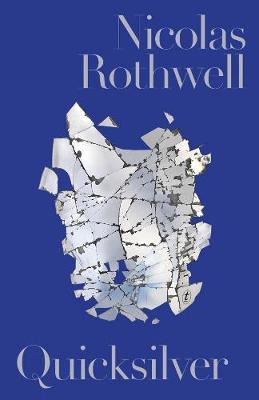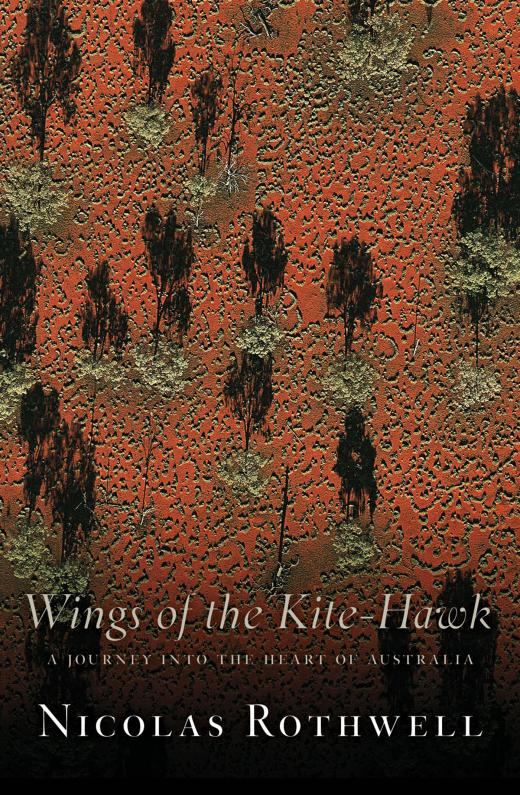Tag Nicolas Rothwell.
At once highly intelligent, with a clear eye for commonality and nuance and life as it is lived, set in broader rivers, with an eagle’s eye for beauty and a highly accomplished prose style, Australia’s preeminent observer of indigenous Australia Nicolas Rothwell has a new book out, Quicksilver.
Here is an extract:
Leo Frobenius, the great impressario of German imperial ethnography, conceived the idea that the Kimberly region of North-West Australia could serve as a window onto the fast-vanishing primeval past of man.
An expedition by the Frobenius Institute arrived in Broome in 1938, under the leadership of a young specialist in Aboriginal and Oceanic societies named Helmut Petri. The team then traveled from Walcott Inlet deep inland through the territories of the Worora and the Ngarinyin. Their discoveries were spectacular; their timing was poor.
It was only nine years after the end of World War II that Helmut Petri was able at last to publish an abbreviated account of his findings.
“Sterbende Welt in Nordwest Australien”, The Dying World in North-West Australia, is a production of great beauty, shot through with overtones of mourning and grief. Petri regarded it as no more than a damaged torso, a fragment of the book he planned to write – but that fragmentary quality gives the work much of its force. Although it is ostensibly concerned purely with ethnographic description of remote tribes and their social adaptations, it is in fact a study of a culture under stress and in collapse, and when I first came across it and made my way through its pages I at once felt it held the key to any truthful understanding of north Australia’s first civilizations and their fate.
Wings of the Kite-Hawk is a set of linked journeys into the Australian landscape: its past and its present, its people and its half-remembered secrets. In each chapter, Nicolas Rothwell takes a precursor and follows him. His guides include famous explorers from the past – Leichhardt, Sturt, Strehlow and Giles – as well as artists, anthropologists, rodeo riders and even Hell’s Angels. Vivid characters weave in and out of the story, inspiring journeys through different states of heart and mind: love, loss, friendship, fear. This book, re-issued with a new introduction by renowned travel writer Pico Iyer and a new foreword by the author, is unlike any other written about inland Australia. As much fable as memoir, it resonates with strangeness and bitter-sweetness, with all the hidden patterns and suddenly revealed depths of life.

